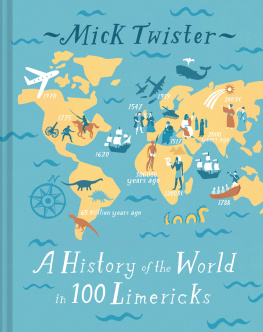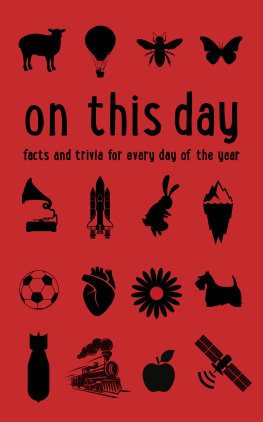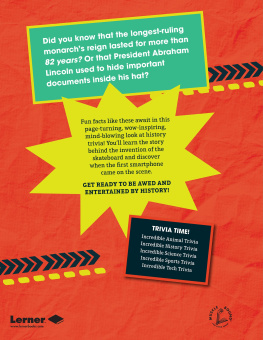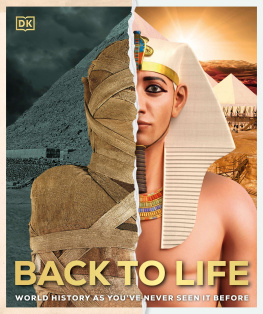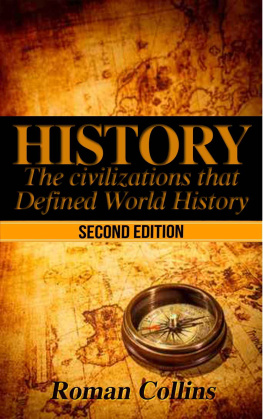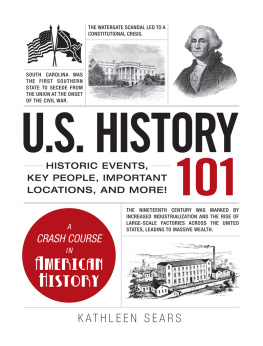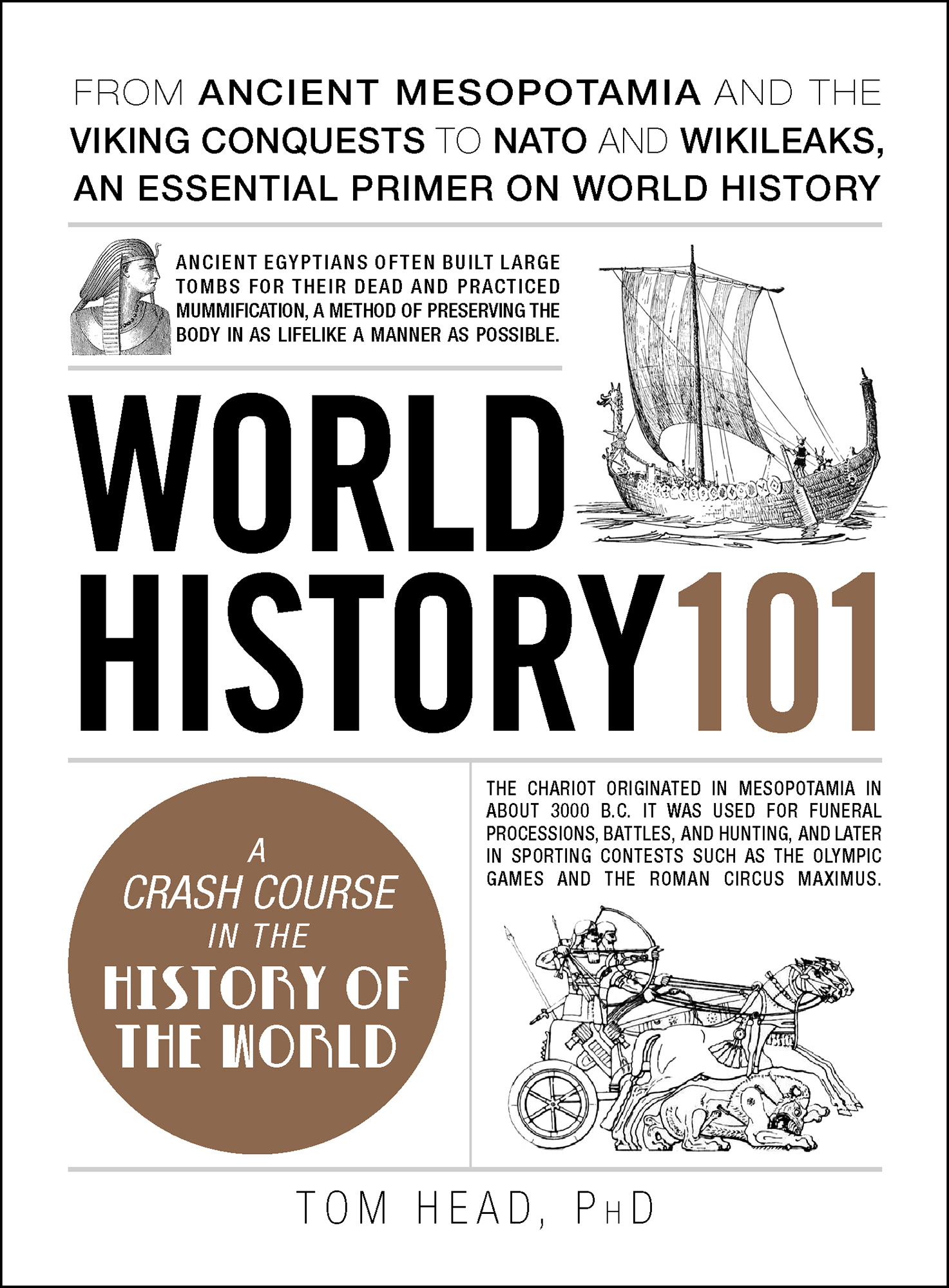CONTENTS
Guide
Thank you for downloading this Simon & Schuster ebook.
Get a FREE ebook when you join our mailing list. Plus, get updates on new releases, deals, recommended reads, and more from Simon & Schuster. Click below to sign up and see terms and conditions.
CLICK HERE TO SIGN UP
Already a subscriber? Provide your email again so we can register this ebook and send you more of what you like to read. You will continue to receive exclusive offers in your inbox.
We hope you enjoyed reading this Simon & Schuster ebook.
Get a FREE ebook when you join our mailing list. Plus, get updates on new releases, deals, recommended reads, and more from Simon & Schuster. Click below to sign up and see terms and conditions.
CLICK HERE TO SIGN UP
Already a subscriber? Provide your email again so we can register this ebook and send you more of what you like to read. You will continue to receive exclusive offers in your inbox.
DEDICATION
In loving memory of my grandparents, Maybelle Bozeman Carwile (19172011) and Robert Serrell Carwile (19071998), and to the billions of ancestorsthose who live on in our memories, and those too far away for our memories to reachwho have given us all our history.
ACKNOWLEDGMENTS
To my wife Deirdre, who is sitting on the opposite side of the conference table in the office we share: Thank you for your patience and support during this writing process. I love you.
This book would not have been possible without my parents. Cappy and Carol Page-Head, without whom none of my books would have been written, and John Head, who has contributed more to my life than he may realize. They have and deserve my eternal gratitude.
To whatever extent Im a reasonably well-adjusted person whose books are not an embarrassment to their publishers, my extended family also deserves some credit. To the Heads, the Pages, the Gannons, the Jacksons, the Garretts, the Myatts, and the Bennetts: thank you.
I owe a debt of thanks to my editor, Eileen Mullan, for making it possible for this book to go to press in the first place. This project also owes a great deal to developmental editor Peter Archer and copyeditor Mike van Mantgem; their strong sense of narrative and attention to detail were indispensable.
I will always be grateful to John and Mariah Bear, who helped me get started as a freelance writer seventeen years ago.
And like all historians working today, I owe a debt of gratitude to the late Rabbi Jacob Neusner (19322016), one of the most prolific scholars in history anddespite his unsurpassed productivityamong the most generous with his time. May his memory be a blessing.
INTRODUCTION
If history were taught in the form of stories, it would never be forgotten.
Rudyard Kipling (18651936)
History isnt just something we study; its the story people collectively tell about themselves, both by their words and by their actions. Your birth, your death, and everything that happens in between is all part of history. Its true that most historians focus on political and military history, but that isnt because political and military history are more important than everything else; its because this kind of history tends to leave a lot of evidence behind. As the great German playwright Bertolt Brecht (18981956) put it, kisses leave no traces but wounds leave scars. History is mostly about the scars.
This book tells the story of human beings, from the very beginning to the present. Each of its sixty-four chapters tells a story about a time and place in history with a few key dates and personalities singled out. A lot has been left outthe topic of world history is huge and theres always more to be saidbut by the time youve finished this book, youll have heard one version of the story of who we are and how we got here. And what a long, bumpy ride it has been.
A NOTE ON DATES
Most scholars now use B.C.E. (Before Common Era) instead of B.C. (Before Christ), and C.E. (Common Era) rather than A.D . (Anno Domini, which would be rendered in English as in the year of our Lord). Ive adopted the scholarly habit in this book for several reasonsaccuracy, mostly. The guy who came up with the B.C./A.D . dating system didnt know that Jesus was probably born sometime between 6 B.C.E. and 3 B.C.E. Simply stated, its ridiculous to claim that Christ was born several years before Christ.
Although the B.C.E./C.E . distinction is more inclusive than B.C./A.D ., and though it certainly sounds like the sort of newfangled language scholars might have adopted in the past few decades, it has a much longer history than that. The German astronomer Johannes Kepler (15711630) used the Latin phrase for Common Era, vulgaris aerae , as a substitute for anno Domini in his Nova Stereometria (1615).
HUMANITY BEFORE HISTORY
What the Bones Said
Did I request thee, Maker, from my clay
To mould Me man? Did I solicit thee
From darkness to promote me?
John Milton (16081674), Paradise Lost , Book X
Todays humans are descended from scarce survivors of a global humanoid extinction. There were at one time dozens of humanoid species, among them Neanderthals, Denisovans, and Hobbits, but at some point within the past fifty thousand years, starvation, disease, and violence have exterminated most of the humanoid family, leaving us only with ourselves. But our ancestors include untold members of these species, as well as the anatomically modern humans who knew them, mated with them, and competed with them for resources.
Stories of Creation
Almost every religious or cultural tradition in the world has an ancient, sacred story of how humanity came to exist. Regardless of their scientific accuracy, these stories have profound historical significance of their own.
As anatomically modern humans learned how to harness the power of agriculture, they settled into cities, city-states, and, ultimately, nations. Within these social institutions they began to keep permanent written records, records that make up source material for a broader human story. We call that story history.
MONUMENTS OF BONE
Figuring what happened before people wrote anything down, before history, is a difficult task. The most common view among scientists is that anatomically modern humans began appearing about two hundred thousand years ago in Ethiopia and much more recently spread from there throughout the world. Genetics tells us that all humans share a common ancestor and common genes. Some regional mutation occurred depending on climate, but the tidy division of human beings into genetically distinct races doesnt reflect the real history of our species. For most of human history, all our ancestors lived in the same general region and would have all been classified, by contemporary standards, as members of the same race.
The 195,000-year-old Omo fossils and 160,000-year-old Herto fossils are the oldest anatomically modern human remains ever found, and they reinforce the popular theory that our ancestors called Ethiopia home. But what did our ancestors do during these long ancient ages? What did they believe, how did they live, how did they speak, and how did they want to be remembered? While the Omo and Herto remains are often discussed together, as if these ancient people were contemporaries, we should pay attention to the fact that the 35,000-year gap in age between these two groups of fossilsa gap that otherwise reflects our total lack of knowledge regarding this part of the human storyis eight times as large as the gap between the beginning of recorded history and the present day. Human communities rose and fell during this period, for thousands and thousands of generations, and we know as little about them as they did about us. We are permanently separated from our first bold ancestors by the impenetrable curtain of time. We know more about our recent ancestors only because history gives us ways to pierce that curtain.


